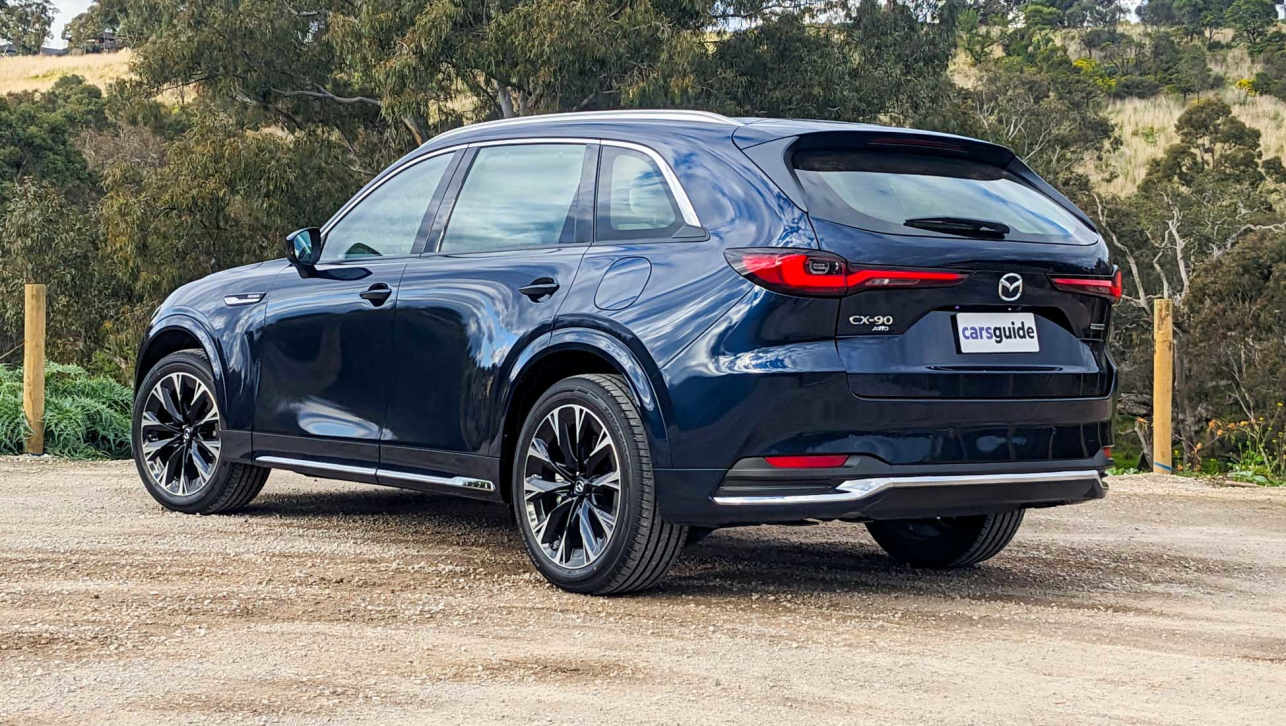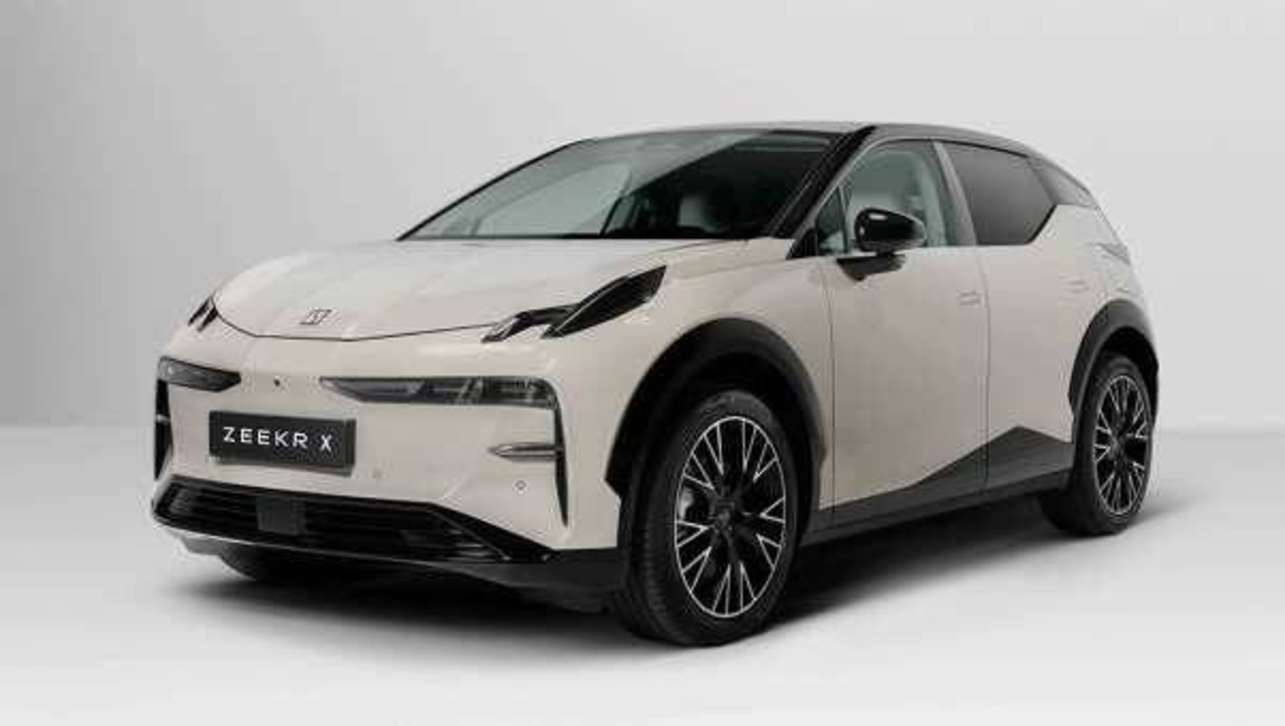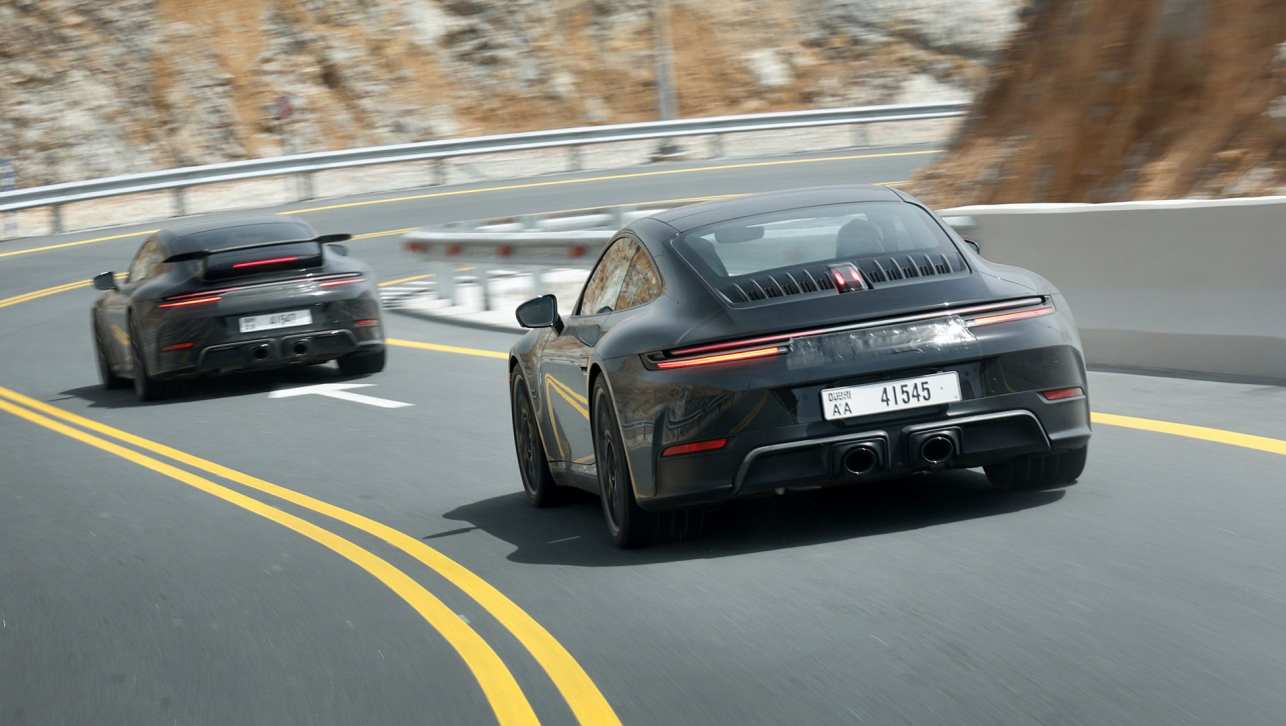...there were a lot of good things about it, but its star feature was its bantam weight.
The car designed by the Don Healey Motor Company in cooperation with the British Motor Corporation, and was introduced to the public in 1958 as a successor to the Austin Seven.
The Sprite went on sale for £669 and much of the car was built from parts sourced from other vehicles to keep costs down. A tuned version of the Morris A series engine was used, as was the A Series suspension.
Mark I
Known as the ‘Frogeye’ in the UK, or ‘Bugeye’ in the US, the first generation Austin Healey Sprite was initially designed to have retractable headlights that would flip back when not in use. However to save money the flip mechanism was scrapped, leaving the lights permanently in an upright position on the bonnet.
The front suspension was a coil spring and wishbone arrangement, with leaf springs at the back. There were no exterior door handles and no boot lid, so access to the spare wheel was from behind the tilted rear seats.
Because of its affordability and practicality, the Sprite was a good choice for racing. Its first major victory was in the 1958 Alpine rally.
Engine: 1958–1961 - 948 cc A-Series I4, 43 hp (32 kW) at 5200 rpm and 52 ft•lbf (71 Nm) at 3300 rpm.
Mark II
The Mark II sprite used the same engine as the Mark I initially but with larger carburettors to increase power. In 1962, a bigger 1098cc engine was used.
Big changes on the outside gave it a squarer, more modern shape. Front disc brakes and a boot lid were introduced, as was a new set of tail lights that were also seen in the MGB later. The headlights were moved to a more conventional spot and wire wheels became an option.
Engines: 1961–1964 - 948 cc A-Series I4, 46 hp (34 kW) at 5500 rpm and 53 ft•lbf (72 Nm) at 3000 rpm. 1962–1964 - 1098 cc A-Series I4, 56 hp (42 kW) at 5500 rpm and 62 ft•lbf (84 Nm) at 3250 rpm.
Mark III
The Sprite was built in the MG factory in Berkshire and its production urged MG to build a similar car, the Midget. The Midget was effectively a re-badged Mark III Sprite but for a different grille and some minor body detailing. Enthusiasts called the collection of Sprites and Midgets, ‘Spridgets’.
The Mark III introduced wind-up windows, exterior door handles and lockable doors. Rear suspension went to semi-elliptical leaf springs.
Comfort was a big focus in the Mark III but it was arguably at the expense of agility and liveliness due - in large part - to the increase in weight.
Engine: 1964–1966 - 1098 cc A-Series I4, 59 hp (44 kW) at 5750 rpm and 65 ft•lbf (88 Nm) at 3500 rpm.
Mark IV
Introduced at the 1966 London Motor Show, the Mark IV Sprite received a larger engine and most notably, a fixed, folding convertible roof. The roof on previous iterations was removable and had to be stowed in the boot. To increase safety, separate brake and clutch master cylinders were fitted.
Unfortunately, due to emissions requirements, the larger engine lost a lot of its punch. More cost cutting meant that the Sprite was no longer a viable option financially, and the last ones were sold in 1971(1022 units), simply called, ‘Austin Sprite’.
Engine: 1966–1971 - 1275 cc A-Series I4, 65 hp (48 kW) at 6000 rpm and 72 ft•lbf (98 Nm) at 3000 rpm.










.jpg)







 (1).jpg)

.jpg)








.jpg)

Comments